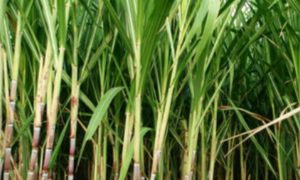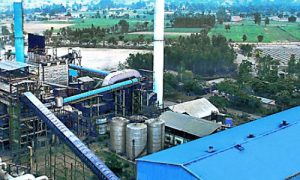Philippines Corn production to be disrupted by rains

Corn production in the Philippines faces disruptions due to heavy rains and typhoons, causing delayed planting. The Philippine Maize Federation expects a potential 1.5% production decline, with output at 1.93 million MT. Despite weather challenges, better corn prices could encourage farmers. The Department of Agriculture aims to boost corn output to meet 81% of domestic demand, emphasizing post-harvest facilities and increased yields.
BAD WEATHER is expected to disrupt corn production this year after rains forced some farmers to alter their planting schedules, according to the Philippine Maize Federation, Inc. (PhilMaize).
“Bad weather, typhoons, and heavy rains caused delays in planting in some areas. There are some that have completed their planting, while for others, planting is still ongoing,” PhilMaize President Romualdo I. Elvira, Jr. said via Viber.
The government weather service, known as PAGASA, noted an increased likelihood of heavy rains and tropical cyclone activity during the coming month due to the persistence of La Niña conditions in the tropical Pacific.
Planting season for corn in the Philippines typically starts in October and ends in February.
According to the Philippine Statistics Authority, corn production may have declined 1.5% to 1.93 million metric tons (MT) due to a decline in the area planted to corn.
Mr. Elvira added that despite the weather, the forecast of better corn prices this year could bolster production.
“We are optimistic that corn prices will be better this year. Market price appreciation will contribute much to the growth of production,” he said.
He added that better post-harvest facilities could provide a boost in improving corn supply.
“Provision of large capacity dryers and storage facilities nationwide is a tremendous impetus on production, that could create surplus,” Mr. Elvira said.
The Department of Agriculture (DA) said it is seeking to increase the production of corn crops to meet at least 81% of domestic demand.
Yellow corn, feed wheat, soybeans, and sorghum are raw materials for animal feed. These materials are imported when domestic output cannot meet demand.
White corn is used for human consumption.
Mr. Elvira added that further growth in demand for corn may be driven by the increased demand from the poultry, pet food and food industry.
The DA’s National Corn Program is seeking to increase yellow corn yields to 5.17 MT per hectare this year, with the target set at 2.29 MT per hectare for white corn.
To read more about Maize News continue reading Agriinsite.com
Source : Business World















